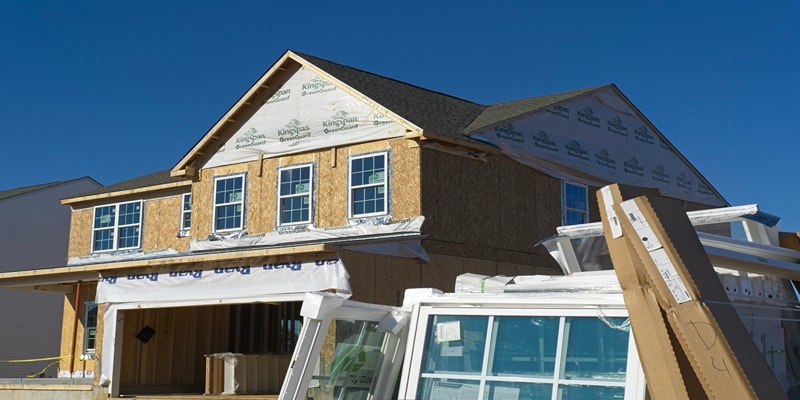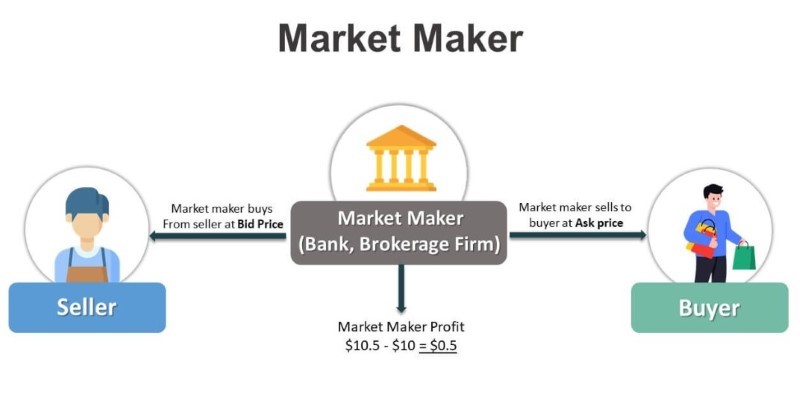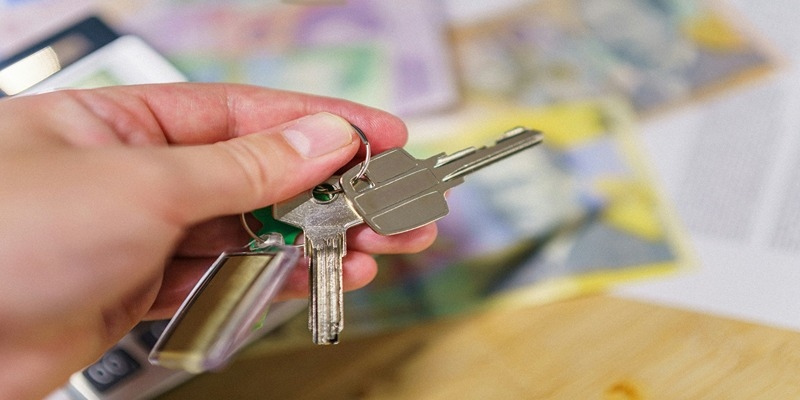Mortgage pre-approval is a very important factor of the home purchasing process that provides buyers with an understanding of their financing capabilities and gives them the competitive edge. Pre-approval requires a credit check, assessment of the borrowers income, assets, and credit worthiness among other factors before the lender approves credit. This process not only defines the amount of the credit that you can get but also makes you have a greater bargaining power when it comes to negotiation with sellers. Knowledge of the process of mortgage pre-approval and what should be done before it will help to avoid the possible time-consuming.

The first of the processes to perform in the mortgage pre-approval stage is to provide your lender with the necessary financial statements. It is important to fill all the necessary fields and provide only the truthful information because the lender has to verify your financial situation and decide whether to issue a mortgage or not. A simple missing document or any other document that is not fully completed can cause a major setback in the whole process. Generally, the process of collecting and sending these papers can last from a few days to a week, if only you can collect all the necessary papers, and if only the company responds actively.
After your financial documents have been tendered, the lender will then run a credit check on your credit worthiness. This step requires checking of credit report which is a record of credit history, credit cards, loans and any other credit line that one may have, whether paid or unpaid. Following the credit check, the lender will go through every piece of financial data and make the first assessment on whether or not you qualify for a mortgage. This part of the process usually takes several days, but it may take more time if there are some problems with credit report or some other documents.
The underwriting process is the most rigorous of the pre-approval process, where the lender goes deep into your financial records to assess your repayment capacity. In underwriting, the lender may ask for more papers or explain something about your financial situation, for instance, large deposits or other sources of income. The underwriter will also ensure that the information is correct by comparing it with the third party information that may include your employer or tax returns. This verification makes sure that all the information you have provided as far as your financial status is concerned is correct. Underwriting can be as short as several days or can range up to several weeks depending on your financial profile and the load on the underwriters of the lender.
When underwriting is done, the lender shall make a decision on your pre-approval application. If approved, you will be issued with a pre-approval letter, which contains the details of the amount of loan you can get, the interest rate and other requirements that need to be fulfilled before the loan is approved. This letter is one of the important documents that you need to use in your home buying process. The pre-approval letter usually comes out a few days after the underwriting process is complete, making the whole process of pre-approval take between one and three weeks.
The amount of documentation and information that you complete and submit, is one of the leading factors that define the speed of the pre-approval process. Moreover, lack of or inaccurate information can result in repeated requests for more information which will greatly prolong the time. These things will help in making the review and pre-approval process faster since all the details are well done and presented from the onset.

The time taken to give a pre-approval can also be affected by the nature and size of your financial affairs. Candidates with simple financial history, for instance, regular income, stable employment, and low credit utilization usually receive a quicker pre-approval. Nevertheless, if you have several sources of income, you are a freelancer or you have unstable income, the time needed for the lender to check your solvency will be longer. Other factors, for example, high level of credit card balance, or any prior credit related problems can also make the process longer and more comprehensive, and could even delay the time in which one is given pre-approval.
The time taken to process the pre-approval will also depend on the workload of the lender at the time of the request and the time taken to process the request. In addition, lenders could be busy due to an increased number of applications during the busiest months in relation to housing, for instance during spring and summer. Also, some of the lenders may take longer to process applications as compared to others since they may be using less efficient systems as compared to others with more efficient systems and better technology. Selecting a lender, which is famous for its fast processing of applications can also decrease the time, necessary for issuing pre-approval.
By realizing the causes that affect the period for mortgage pre-approval, it is possible to take measures that will enhance the process. What you do in the pre-approval process can make a significant difference between a long and a short pre-approval process, for example, making sure that all aspects of the property are well documented, selecting a lender that responds quickly, and so on. If you are ready and informed, you minimize such hitches, get your pre-approval as soon as you can, and proceed with the purchase process without undue concerns. Passing the pre-approval process puts you in a competitive advantage when it comes to real estate business.

By Vicky Louisa/Sep 04, 2024

By Nancy Miller/Sep 04, 2024

By Susan Kelly/Sep 04, 2024

By Verna Wesley/Sep 03, 2024

By Rick Novak/Jul 13, 2024

By Gabrielle Bennett /Sep 04, 2024

By Sid Leonard/Aug 26, 2024

By Jennifer Redmond/Sep 04, 2024

By Sean William/Sep 03, 2024

By Verna Wesley/Aug 27, 2024

By Elva Flynn/Sep 04, 2024

By Elena Davis/Sep 04, 2024